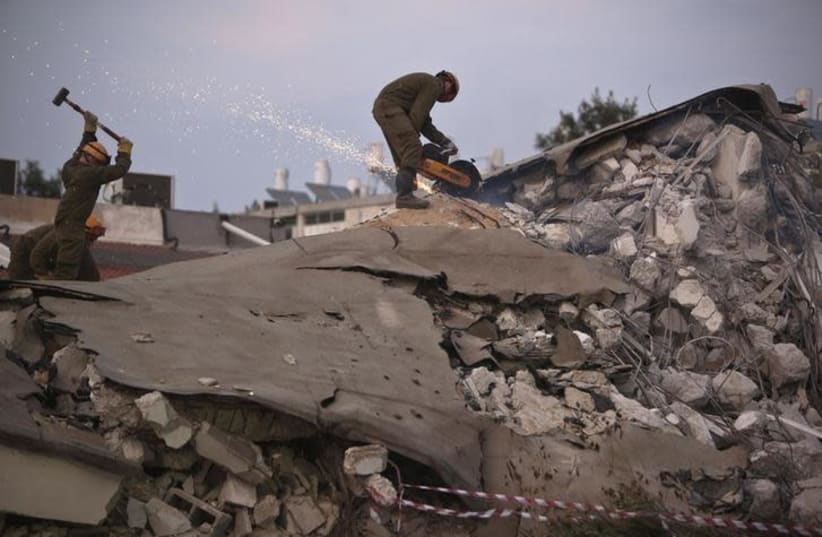Some 10,000 people in the northern town of Beit She'an will be killed in the event of a massive earthquake in Israel, according to government assessments that the mayor of the town revealed on Sunday.
Mayor Jacky Levy told Army Radio that he was told in 2005 that if a massive earthquake strikes the Syrian-African fault line, Beit Shean would be particularly damaged, due to its proximity to the rift and the low standard of building in the town, home to approximately 20,000 people.
Levy, a former Likud MK, spoke on Sunday evening following two earthquakes that shook the country in the span of about 12 hours. Israel’s Geological Survey said that a 3.7 magnitude earthquake struck at 11:36 p.m. on Saturday night with its epicenter around 19 kilometers northeast of Beit She’an.
Several hours later, around noon on Sunday, a 3.5 magnitude quake centered close to the city of Tiberias hit.
“Everyone knows that there is going to be an earthquake but no one is doing anything,” Levy told Army Radio. “The State of Israel doesn’t know how to handle an earthquake and the number of casualties will be insane.”
Levy said that when he served as deputy minister of construction between 2015 and 2018, a plan had been placed before the cabinet that was supposed to see the investment NIS 5 billion toward reinforcing buildings in hotspots like Beit Shean, Safed and Tiberas, all cities that sit along the Syrian-African fault line. The money, he said, was never allocated.
“The solution is action and not just talking. We need an immediate budget to reinforced buildings that could collapse,” he said.

